Hello all, today I would like to take another look at Estonia.
The Estonians are a Uralic people, and are related to the Finns, Karelians, Veps, Votes and Livonians rather than to their Baltic neighbors, with which they are often lumped together. These languages are not Indo-European, unlike the majority of languages in Europe. Here is a map of Estonia.
The small divisions shown on the map are called Vald in Estonian, which is usually translated as parish. The larger divisions are cultural, not administrative. Their names are shown on the small inset map. These I will treat with separate articles.
Standard Estonian is based on the northern dialects around Talinn, however South Estonian, centered in Tartu has its own distinct literary standard. Of the various southern dialects, Setu and Võru, are sometimes considered to be distinct languages on their own.
I have already done an article on the Setu / Seto. Setumaa is in the far southeast of the county. Now I will continue with the next ethnic group to the west, the Võru / Võro. There are approximately 75,000 people today who speak Võro.
The region of Võrumaa is made up of 8 Vald, or Parishes. I will show images of the folk attire of each one at the end, although they have much in common.
For the woman, the basic garment is the chemise, in this region called hamõ. Here is a typical cut from Vastseliina Parish.
An example from Urvaste Parish
Over this is put on a woolen or wool blend skirt, undruk. These were formerly of a singe color, white or blue, depending on the parish, but now have vertically woven stripes. It is usually gathered into a linen waistband, and has cords which tie around the waist. It has a strip of linen a few inches wide sewn to the inside of the hem. This example is from Põlva Parish.
Over this is worn an apron, põll. This is made of linen, somewhat gathered into a waistband, with strings that wrap all the way around to tie. The lower part of the apron is modestly ornamented with embroidery, fringe and hemstitch. Here is an relatively elaborate example from Rõuge Parish.
For dress, woolen knitted stockings are worn, sukad. These were white, perhaps with some modest ornament. Here is a pair from Põlva Parish.
Finger woven garters, seerekõüte, were tied around the tops to keep them in place. Here is an example from Rõuge Parish.
Over these were laced moccasins, tsuvva. For dress, these were made of fine tanned leather. For everyday, people went barefoot, or wore old linen footcloths and moccasins of crudely tanned leather, or even shoes woven from birchbark. Here are some tsuvva from Põlva Parish.
Married women would braid their hair and arrange it on top of their heads. The hair was always covered when going out, as was the case everywhere in Europe. A white headress was put over the hair. This varied somewhat in Võrumaa from parish to parish.
In Põlva Parish the older form was kept. This consisted of a long cloth, linik, that was tied over the head, with the ornamented ends hanging behind.
In other places, like for example Rõuge Parish, a cap, tanu was tied onto the head with laces in back, and a bow of bought ribbon was pinned to the back and hung down behind. The front of the cap was ornamented with hemstitching or lace. This was a later development.
A large silver brooch, sõlg, was pinned to the chest. A small annular brooch was often used to fasten the collar as well. This example is from Põlva Parish. These varied in size according to what the wearer could afford, some being over 10 cm. in diameter.
For festive occasions in some parishes a long narrow linen shawl, kaal, was worn, like this example from Rõuge.
This was considered such an important part of dress clothing that when a long coat was worn, the kaal was folded and carried over the arm. Again, an image from Rõuge.
In other parishes, this shawl was made of wool. White in Hargla, which is famous for its white wool. Here this garment is called kõrik.
In Põlva, and other northern parishes, the wrap was called sõba, of brown wool, and ornamented with cord and fringes. This garment was also worn further north in Tartumaa. Note also the sheepskin cap.
Both short jackets and long coats were worn. These were considered to be an indispensable part of dress clothing, no matter what the weather. The jackets, pihtsärk, are of wool, waist-length with a peplum, and maybe be white, gray, or dyed indigo. They were ornamented with red cord. Here is the cut of one from Hargla, where, of course, it is white.
Sometimes the peplum was cut as a separate piece, as in this example from Vastseliina.
This one from Kanepi,
Or this one from Karula
Occasionally you will see this garment made without sleeves, as in this example from Urvaste, but this seems to be uncommon in this region. Notice that she is wearing a kerchief over the tanu.
Long sheepskin coats, Kasukas, were worn by those who could afford them. Here is an example from Kanepi. Note also the sheepskin cap, plaid woolen shawl and knitted mittens. These mittens were widespread, as also in Scandinavia and the Baltic Countries.
Men wore a white linen shirt similar in cut to the womens, but shorter, and with little to no ornament. It was closed with a red ribbon or silver annular brooch. The shirt was belted with a finger woven sash over long pants with vertically woven stripes. Here is an example from Räpina.
Long stockings are worn over the pants, secured with finger woven garters, and then moccasins, tsuvva are laced over the stockings. A short jacket is worn over this.
These images are also from Räpina.
Men always wore the longcoat belted with a wide inkle or card woven sash, like this example from Urvaste. Woolen mittens with a knitted in pattern were a part of the outfit.
When not worn on the hands the mittens were tucked into the sash to show off the pattern. They were always hand made by a family member or sweetheart. Here is an example from Rõuge.
The parishes of Võrumaa. I will show images of them starting from the north and working counterclockwise.
The original skirt in this Parish was a solid blue, but the newer skirts are striped.
Kanepi
In Kanepi the longcoat was black with red cording, the short coat was indigo, and the shoulder wrap was wool, in various forms.
This apron seems to be ornamented with crochet lace, a later development.
This entire cap is made of lace.
A shoulder wrap of linen with woven in ornament.
Here we see a cold weather ensemble consisting of long sheepskin coat and cap, and a woven plaid woolen shawl.
This model is wearing black leather shoes, which were a recent addition to the costume by those who could afford them.
Urvaste
In Urvaste, as in Hargla, an older form of the skirt is remembered, of white wool which is pleated partway down from the waist and has red wool trim on the hem.
Here we see that in reproducing the jackets, modern tailors cant resist 'improving' them with modern style set-in cap sleeves. The original garments had the sleeves set in at right angles. While the modern style allows the sleeves to hang smoothly when the arms are down, they also restrict freedom of movement by the arms, and so makes it more difficult to work. I do not approve of this change.
The sashes in this region, and also in Hargla are woven with a different technique which I cannot identify. If someone can enlighten me, I would appreciate it.
Karula
The dress in this parish strongly resembles that of Urvaste and Hargla.
Hargla
The costume of Hargla is known for its fine white wool. It has much in common with the dress of Urvaste and Karula. The long coat, the short coat, the shoulder wrap, and the old style skirt were all made of fine white wool. Note that the long coat in these first images are cut in the original way, and do not have set-in cap sleeves.
Here are examples of the traditional cut of the short and long jackets.
The tanu here has a band of embroidered tulle around the face. This first image shows the cut of the tanu as well as that of the sheepskin cap.
The chemise has the usual cut, straight pieces with a type of eppaulette sewn across the shoulders. Here are a few different embroidery designs used in this parish.
The sashes here are woven in pick up, but also often with the same unusual technique used in Urvaste, called lapiline.
Here are some examples of knitted mittens and other articles from this parish. They have much in common with mittens from other parts of the Baltic Countries.
Rõuge
Here is a video showing how to put on this costume. The underchemise is Not part of the traditional attire, and here is only used for modesty.
Vastseliina
Roman K.
email: rkozakand@aol.com
Source Material:
Reet Piiri, 'Suur Mutsiraamat', Healugu, 2017
Eevi Astel, ';Eesti Võõd', Tartu, 1998
Reet Piiri, 'Eesti Talurahva Ülerõivas 19. sajandil' Tartu, 2007
Melanie Kaarma et al, 'Eesti Rahvarõivad' Tallinn, 1981
V. Belitser et al, 'Eesti Rahvarõivad XIX Sajandist ja XX Sajandi Algult', Tallinn, 1957
Maret Tamjärv, 'Eesti Rahvarõivad', Tallinn, 2001
A. Üts et al, 'This Beautiful Land is my Native Country', UNRRA, 1946
Reet Piiri, 'Rahvarõivad Eesti Rahva Muuseumist', Tallinn, 2006
Reet Piiri, 'Rahvarõivas on Norm', Tartu 2002
Ellen Värv et al, 'Hargla Naine', Tartu 2021
Ellen Värv et al, 'Vastseliina Naine', Tartu 2018





















.png)





.png)












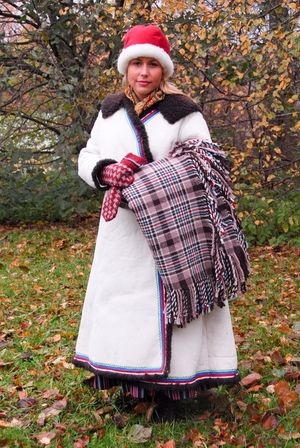
.jpg)






.png)

































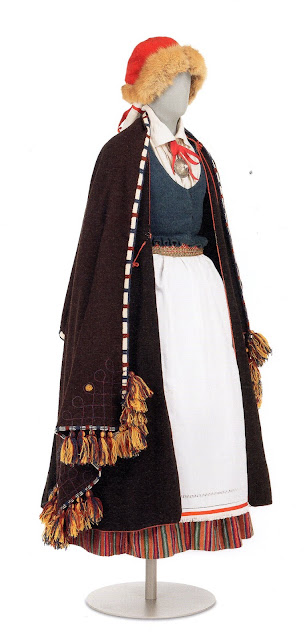


















































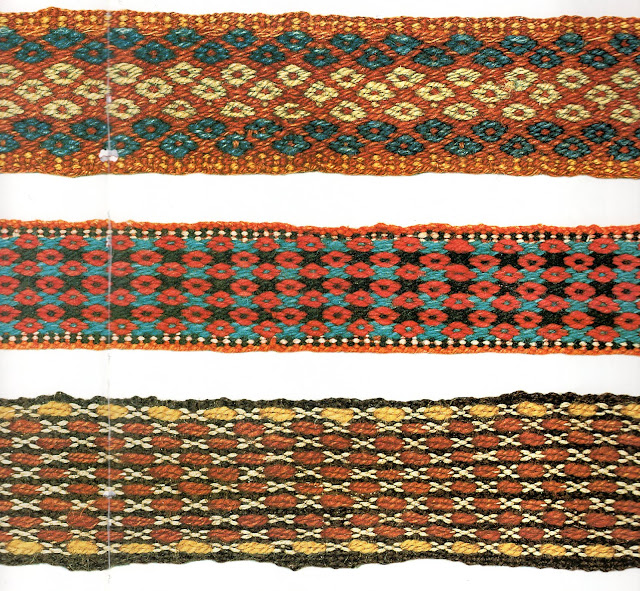

















.jpg)












































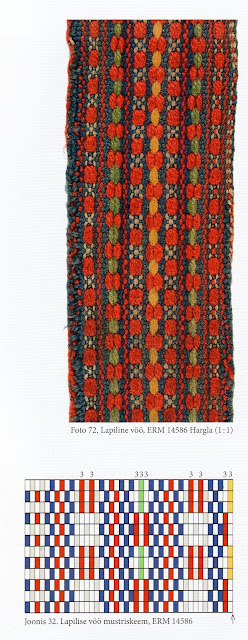



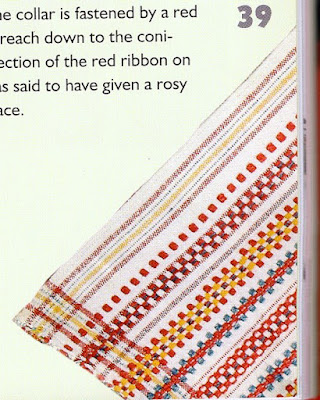
























































































































Great folk embroidery!
ReplyDeleteInformative blog!
ReplyDeleteInformative article!
ReplyDeleteInformative article!
ReplyDeleteCelebrate pride with elegant brooches.
ReplyDeleteNational Metal Brooch for Boys